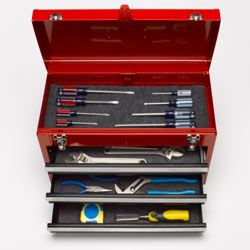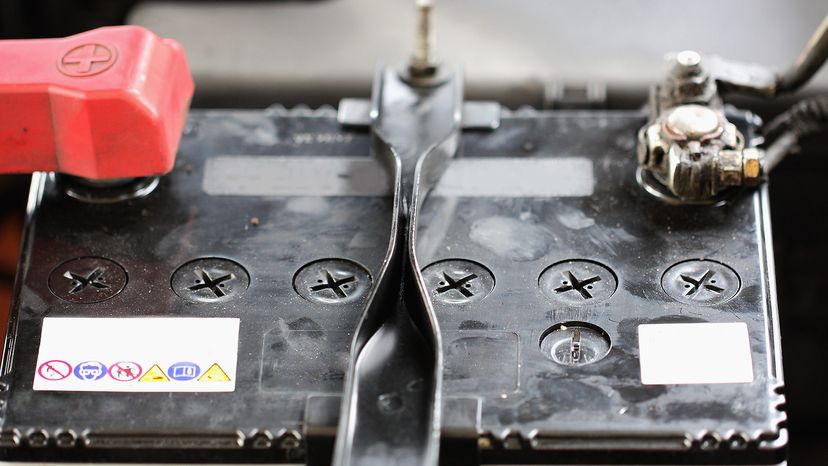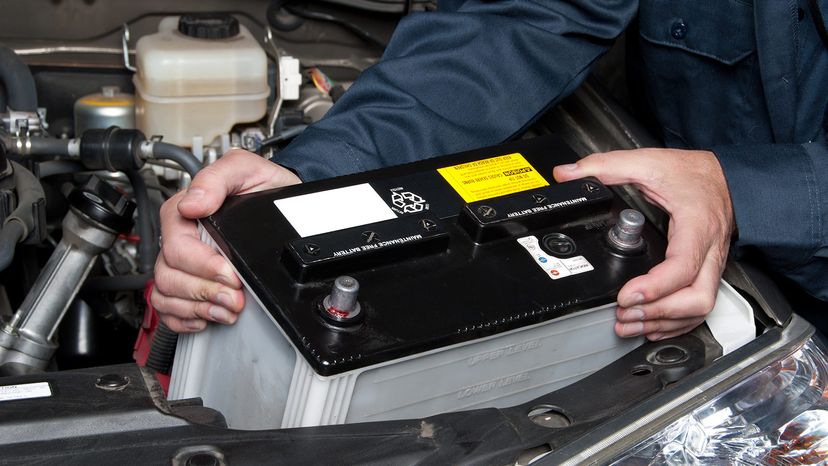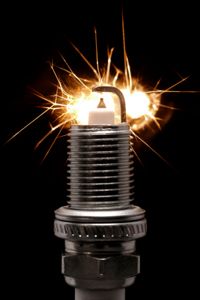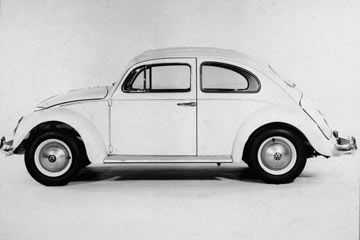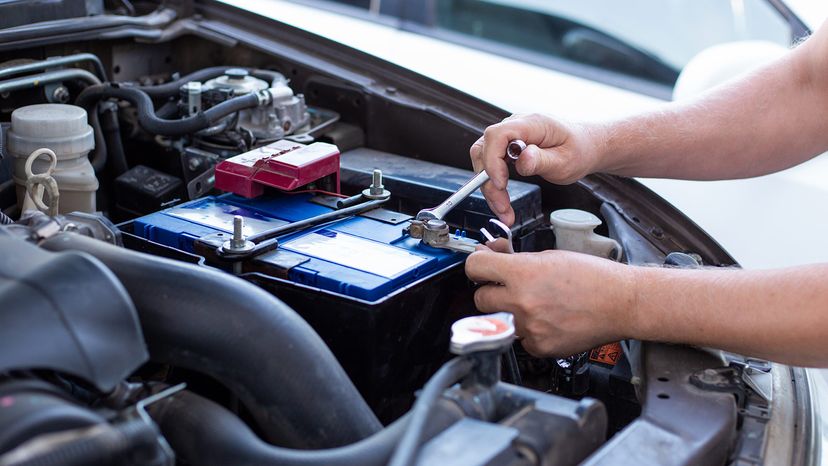
Car batteries have an uncanny ability to die at the most inconvenient times. If it's pouring down rain on a cold night when you're on your way to an important event, the chances of your car battery going kaput hover near the 100 percent mark. This is why humans invented roadside assistance.
First, though, it's a good idea to see if your battery needs to be replaced or if it simply could use a good cleaning. Sulfate, created over time by the battery's discharge of lead, can build up on the terminals as a cakey white substance that prevents the battery from recharging during use. You can get rid of this sulfate with a simple solution of baking soda and water [source: AAA].
Advertisement
Here's how to use it: First, be sure the car is turned off and brush the solution onto the sulfate to loosen the deposit. After the terminals are clean, try the ignition. If the car starts up, it should be able to recharge itself and you may not need a replacement after all. A jumpstart may also be necessary to give it enough juice to turn the engine again.
If your battery is fully dead, consider having a professional do the job for you. Batteries can be heavy: The average car battery weighs between 25 and 40 pounds (11 and 18 kilograms). It may be even heavier in large vehicles like diesel trucks. Most auto parts stores offer free battery installation when you purchase a new one from them.
At this point, you've decided your battery must be replaced and that you're going to handle it yourself. Good for you. Read on find out what tools you'll need to do the job correctly.
Advertisement
